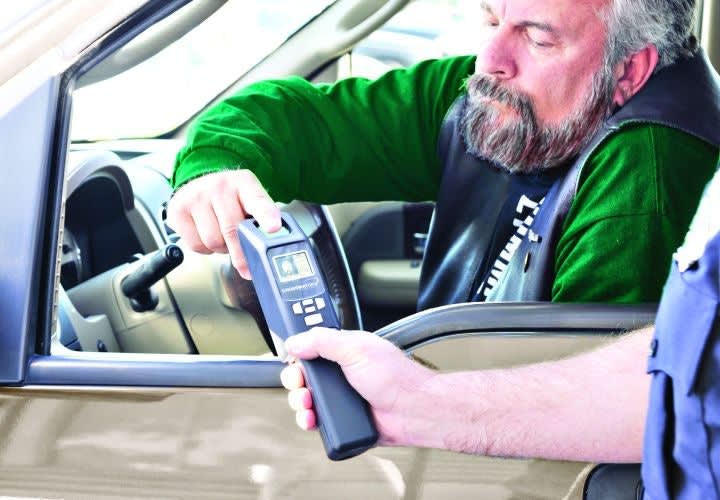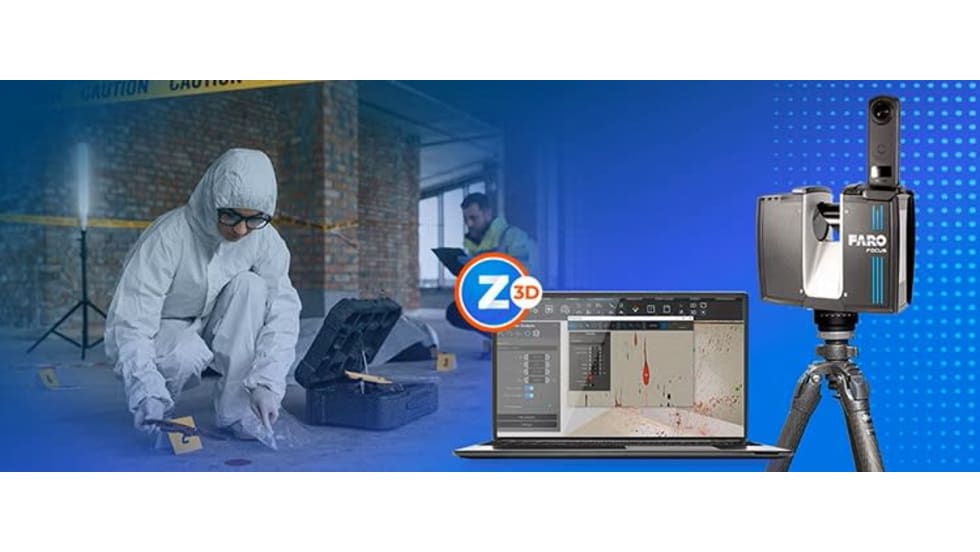The trooper, now taking proper precautions in dealing with a possibly dangerous suspect, was able to safely take the driver into custody. Thanks to Mobile ID technology, this state trooper was able to turn a routine traffic stop into the successful apprehension of a possible murderer and removal of a potentially violent public safety threat.
Stories like this one are becoming more and more common, though no less powerful, as the deployment of Mobile ID technology virtually explodes across law enforcement agencies in the U.S.
Enhanced Functionality
Though mobile fingerprint technology has been in use in law enforcement for nearly a decade, continued enhancements are making the technology viable for agencies of all sizes. The devices themselves are now more compact and lighter, often weighing slightly over a pound, making them very convenient for in-the-field use. The technology driving the devices has also continued to improve, including wireless connectivity, extended battery life, and expanded memory capacity. All of this adds up to more precise scanning, faster searching, and more reliable match results. Finally, the cost of these new solutions now makes the technology accessible for both large-scale deployment and small law enforcement agencies.
Behind the scenes, the databases these devices search have expanded. In 2011, the FBI launched its Repository for Individuals of Special Concern (RISC) database. The RISC database is a subset of the criminal fingerprint records in the FBI AFIS database—a type of "most wanted" list, containing fingerprint records of terrorists, violent criminals, child molesters, and other criminals designated as Individuals of Special Concern. One of the chief reasons for the development of this list was to create an optimized, quickly searchable list of the nation's most dangerous and concerning criminals for in-the-field agents using Mobile ID systems. Today, the RISC database can return results in just 10 seconds.












